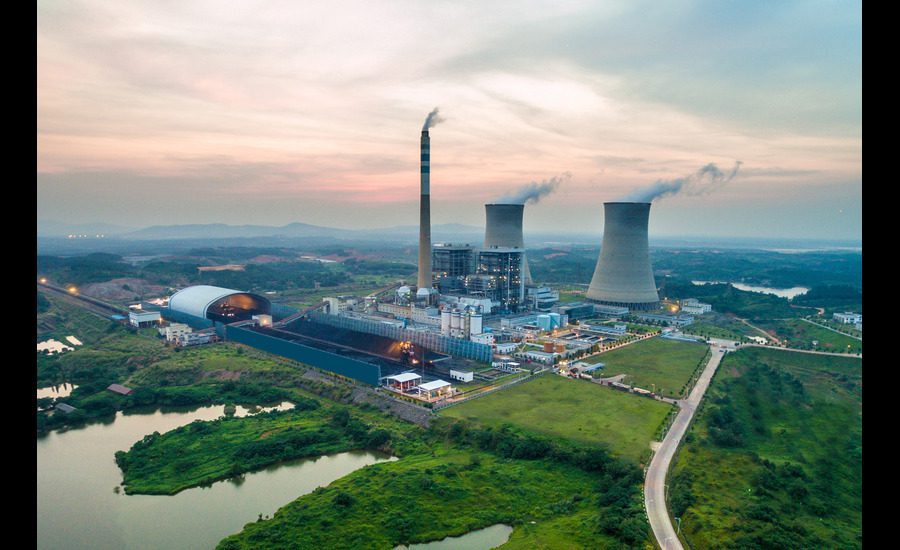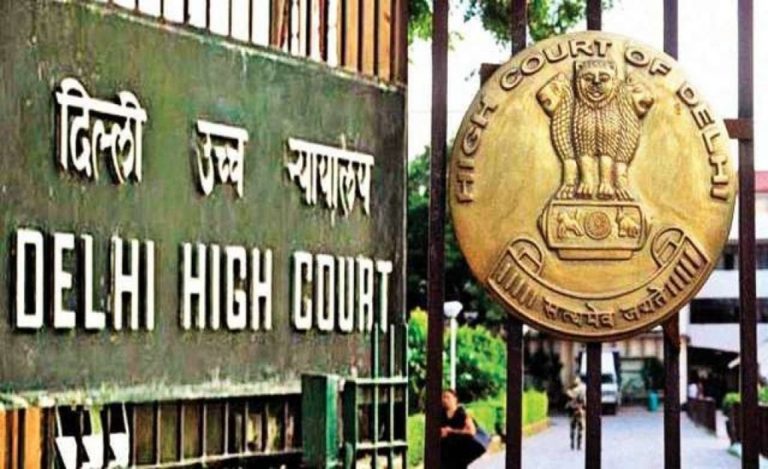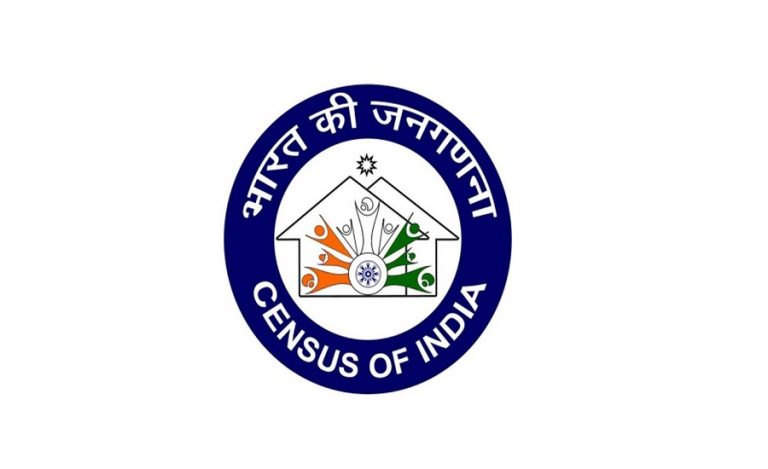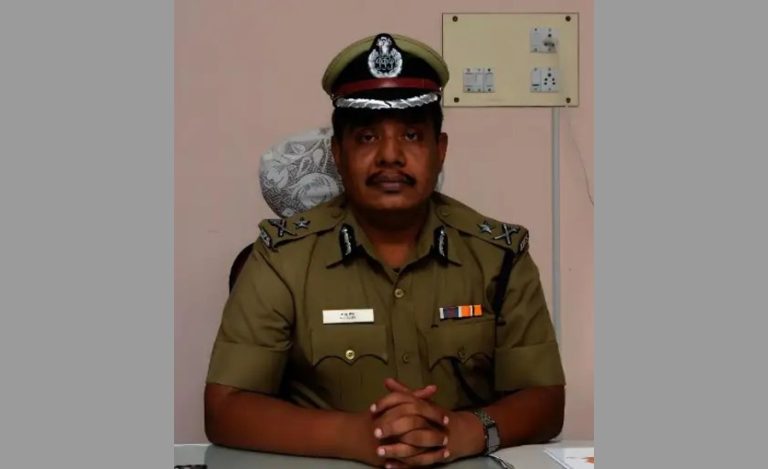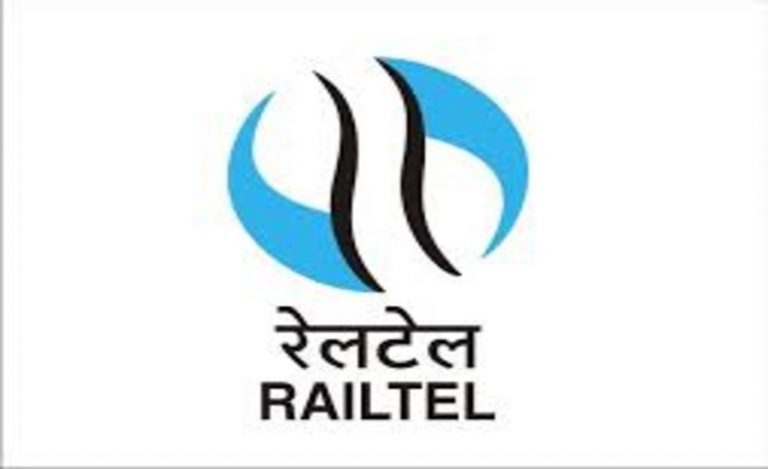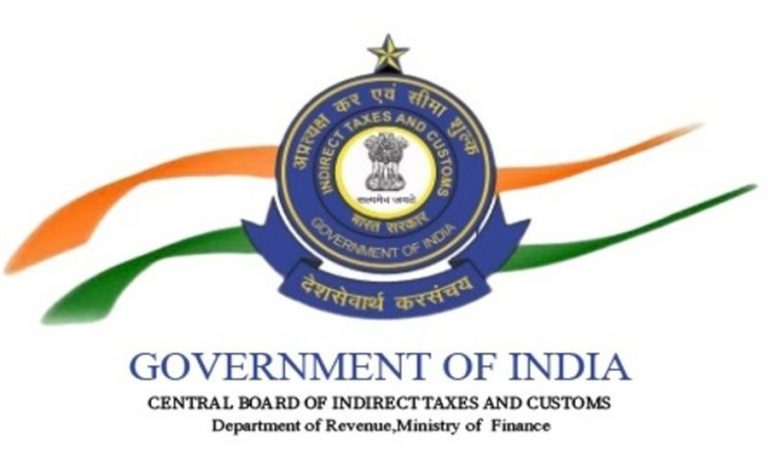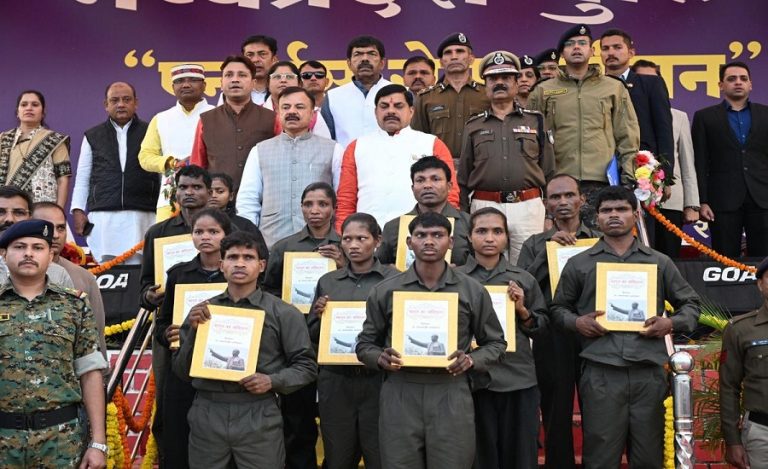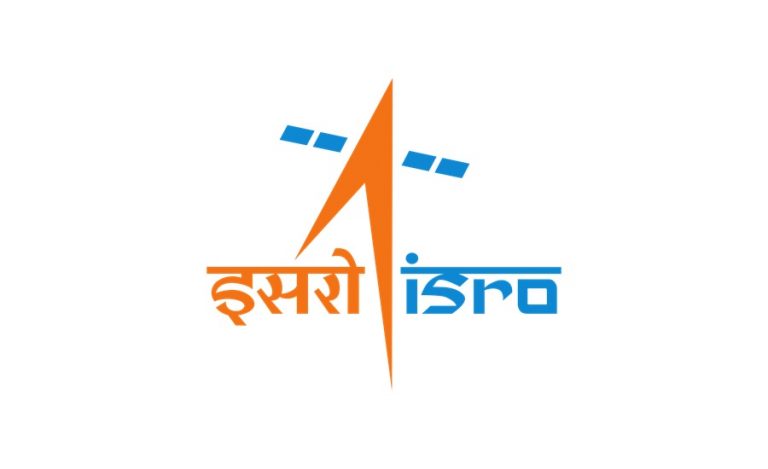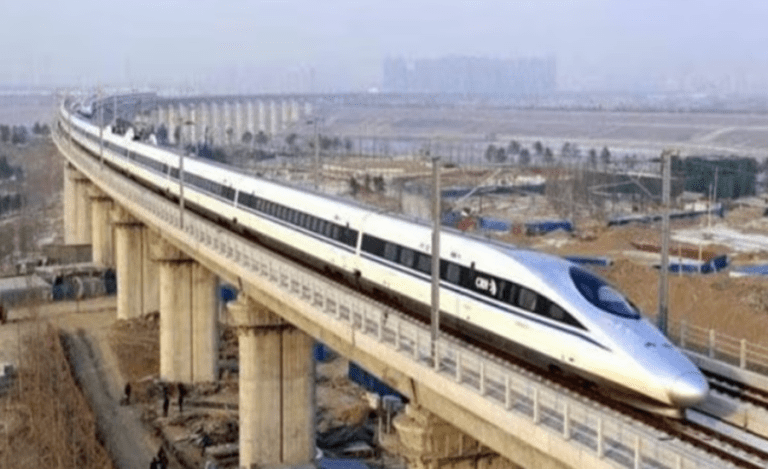New Delhi: In a landmark celebration of its 52nd Foundation Day, the Central Electricity Authority (CEA) unveiled an ambitious roadmap to develop 100 gigawatts (GW) of nuclear capacity by 2047, aligning with India’s Net-Zero commitment and energy security goals.
The event, held at the Central Water Commission auditorium in R.K. Puram, witnessed the presence of Mr. Pankaj Agarwal, Secretary, Ministry of Power, who served as the Chief Guest.
Nuclear Power Takes Center Stage in India’s Clean Energy Mission
The CEA’s strategic roadmap outlines a comprehensive pathway to expand India’s nuclear generation capacity over the next two decades. Currently, India’s nuclear capacity stands at approximately 8,180 MW as of early 2025.
Secretary Agarwal lauded CEA’s pivotal role in shaping the nation’s power sector evolution.
“As India marches towards its Net-Zero by 2070 commitment, CEA’s leadership will be instrumental in enabling large-scale renewable integration, advancing nuclear capacity, and enhancing grid security,” he emphasized.
CEA launches EADMS Portal under 100 GW nuclear capacity plan
One of the day’s major highlights was the launch of the Electrical Accident Data Monitoring System (EADMS) portal. This digital initiative creates a centralized platform for reporting, analyzing, and minimizing electrical accidents nationwide.
The portal represents a significant step toward data-driven policy interventions and strengthening safety monitoring across India’s vast electrical infrastructure.
CEA 100 GW nuclear capacity plan: Brahmaputra Basin Gets Rs 65 GW Hydroelectric Boost
CEA released the “Master Plan for Evacuation of Power from Hydroelectric Plants in the Brahmaputra Basin,” outlining phased transmission infrastructure to support approximately 65 GW of hydroelectric capacity.
CEA 100 GW nuclear capacity plan will serve as a crucial guide for hydro power developers in the North East, enabling better project planning and phasing strategies.
Five Decades of Excellence in Power Sector Planning
CEA Chairperson Shri Ghanshyam Prasad reflected on the Authority’s remarkable journey since its inception in 1973. He highlighted achievements in generation and transmission planning, technical standards formulation, and electricity grid modernization.
“Data-driven decision-making, digitalization, and innovation are steering India’s power sector towards sustainability and efficiency,” Prasad noted.
Expert Panel Discusses Nuclear Energy’s Critical Role
A special technical session on “Nuclear Energy for Net-Zero: Opportunities, Challenges, and Pathways” featured distinguished experts including Dr. R.B. Grover from the Atomic Energy Commission and Shri S.A. Bhardwaj, former Chairman of AERB.
Industry leaders from NTPC, Tata Power, Adani Power, L&T, and EDF shared perspectives on technology adoption and future opportunities in the nuclear sector.
Key Releases Mark Historic Occasion
The Foundation Day celebration witnessed multiple significant releases:
Vidyut Vahini Special Edition: Hindi quarterly magazine focusing on nuclear energy’s contribution to the electricity sector.
Nuclear Capacity Roadmap: Strategic pathway for 100 GW nuclear development by 2047.
Brahmaputra Basin Master Plan: Transmission infrastructure blueprint for 65 GW hydroelectric capacity.
EADMS Portal Launch: Digital platform for electrical accident monitoring.
Building Sustainable Power Infrastructure
The event reaffirmed CEA’s enduring commitment to innovation, sustainability, and resilience in India’s power sector. With the authority celebrating over five decades of coordinated power sector development, these initiatives mark a new chapter in India’s energy transition journey.
CEA has consistently demonstrated its role as the apex technical organization under the Ministry of Power, ensuring reliable 24×7 power supply across the nation while advancing technological innovation.
Outstanding CEA officers received awards for their exceptional contributions to the power sector, recognizing individual excellence in driving sectoral growth.

